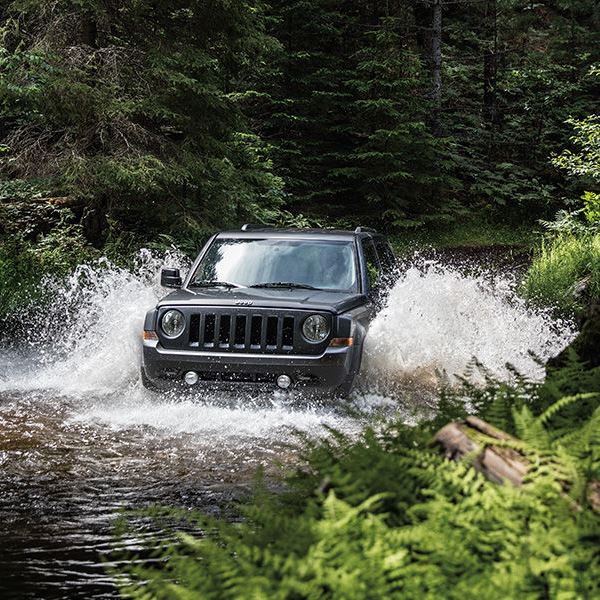
The U.S. auto industry’s growth streak that began in 2010 ended in 2017 as car and light truck sales fell 1.8% from 2016. Some manufacturers, however, took a bigger hit than others.
Cars aren’t selling nearly as well as they used to as more American consumers are opting for larger SUVs and crossovers — and some manufacturers failed to anticipate this shift. “Not all the manufacturers were prepared for that, so they ended up producing too many units,” Tim Fleming, an analyst at Kelley Blue Book, said in interview with 24/7 Wall St.
He said this caused the average days to turn, or the number of days a car sat on a dealer’s lot before being sold, to increase to 82 in 2017 compared with 75 in 2016. While some of the most in-demand vehicles may only last a few weeks, many vehicles will sit on dealership lots for months before they are sold.
Days to turn can be a useful metric in determining which car segments and models are going out of style. It specifically helps us learn how vehicles are performing against their manufacturers’ expectations. If a vehicles sits on the lot for six months, it likely means the manufacturer overestimated how popular it would be.
24/7 Wall St. reviewed data provided by Kelley Blue Book on average days to turn to determine the cars Americans don’t want to buy.
Click here to see the cars Americans don’t want to buy.
Click here to see our detailed findings and methodology.
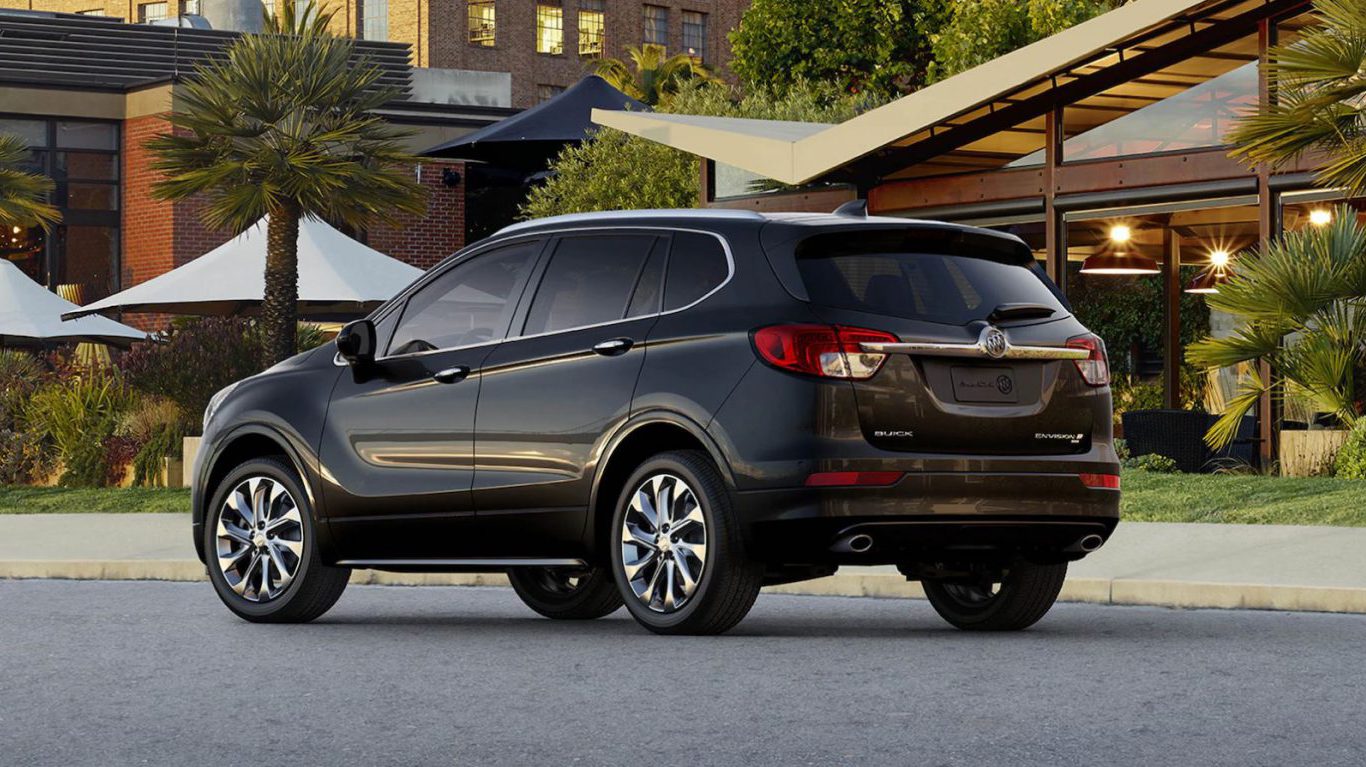
15. Buick Envision
> Avg. days on lot: 161.8
> 2017 sales: 41,040
> 2016 sales: 14,193
> Starting at: $33,995
After making its U.S. debut in late 2016, Buick sold over 41,000 Envision crossovers in 2017. No doubt trying to cash in on the popularity of crossovers, Buick may have overestimated how popular the Envision would be, as the average vehicle sat on the lot for 161.8 days before being sold. Buick is likely hoping that the redesigned Envision, coming out close to the third quarter of 2018, will sell more quickly.
[in-text-ad]
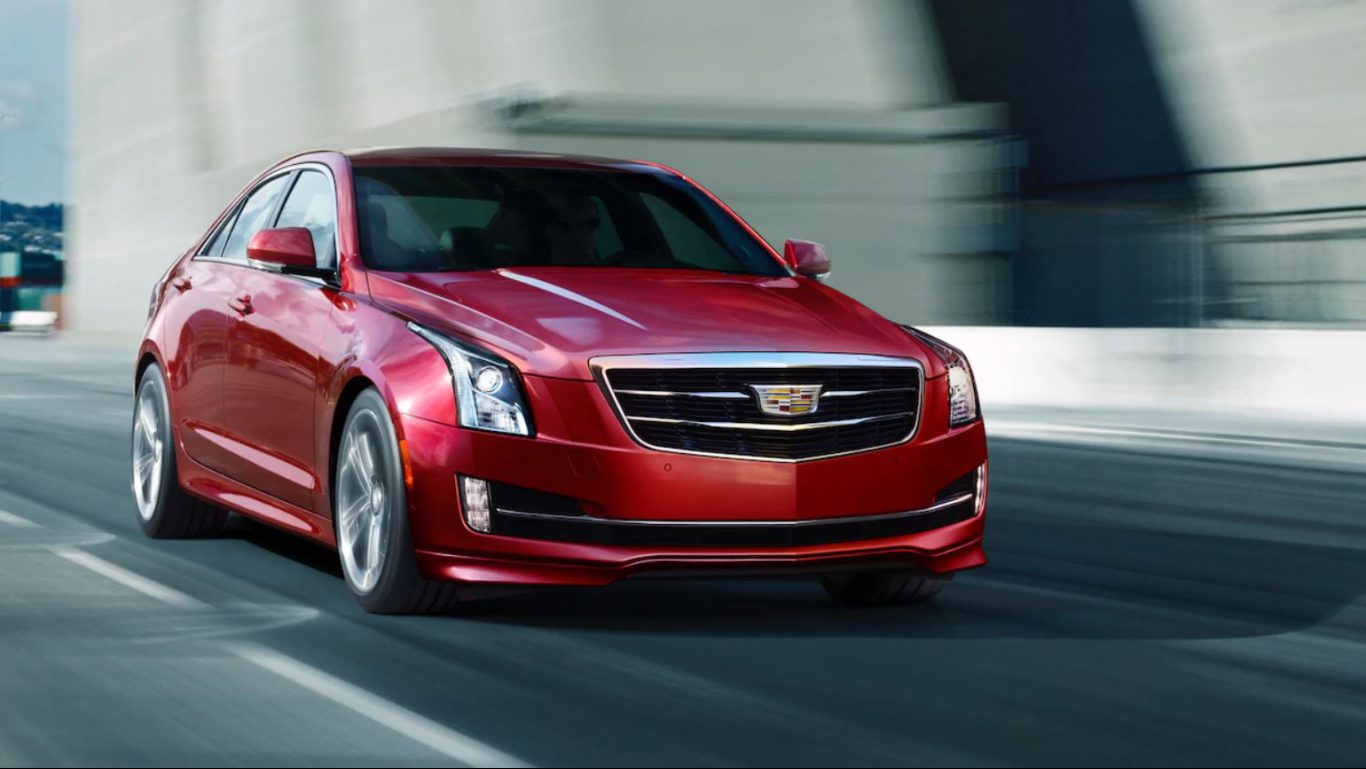
14. Cadillac ATS
> Avg. days on lot: 164.9
> 2017 sales: 13,100
> 2016 sales: 21,505
> Starting at: $35,495
Though luxury cars have been fairly resilient amid the drop in sales overall, sales of the Cadillac ATS have decreased significantly every year since 2013, its first full year in production. After selling over 38,000 models in 2013, ATS sales plummeted to 13,100 in 2017. The Cadillac ATS is the only car to appear on this list for the fourth straight year.

13. Cadillac XTS
> Avg. days on lot: 165.0
> 2017 sales: 16,275
> 2016 sales: 22,171
> Starting at: $46,395
The Cadillac XTS is one of three Cadillac models on this list. Much like the ATS, the XTS debuted in 2012 and sold fewer and fewer cars each year after 2013. The sedan may have fallen victim to the overall trend of Americans shifting to SUVs and crossovers as their fuel efficiency gets better and gas relatively remains inexpensive.
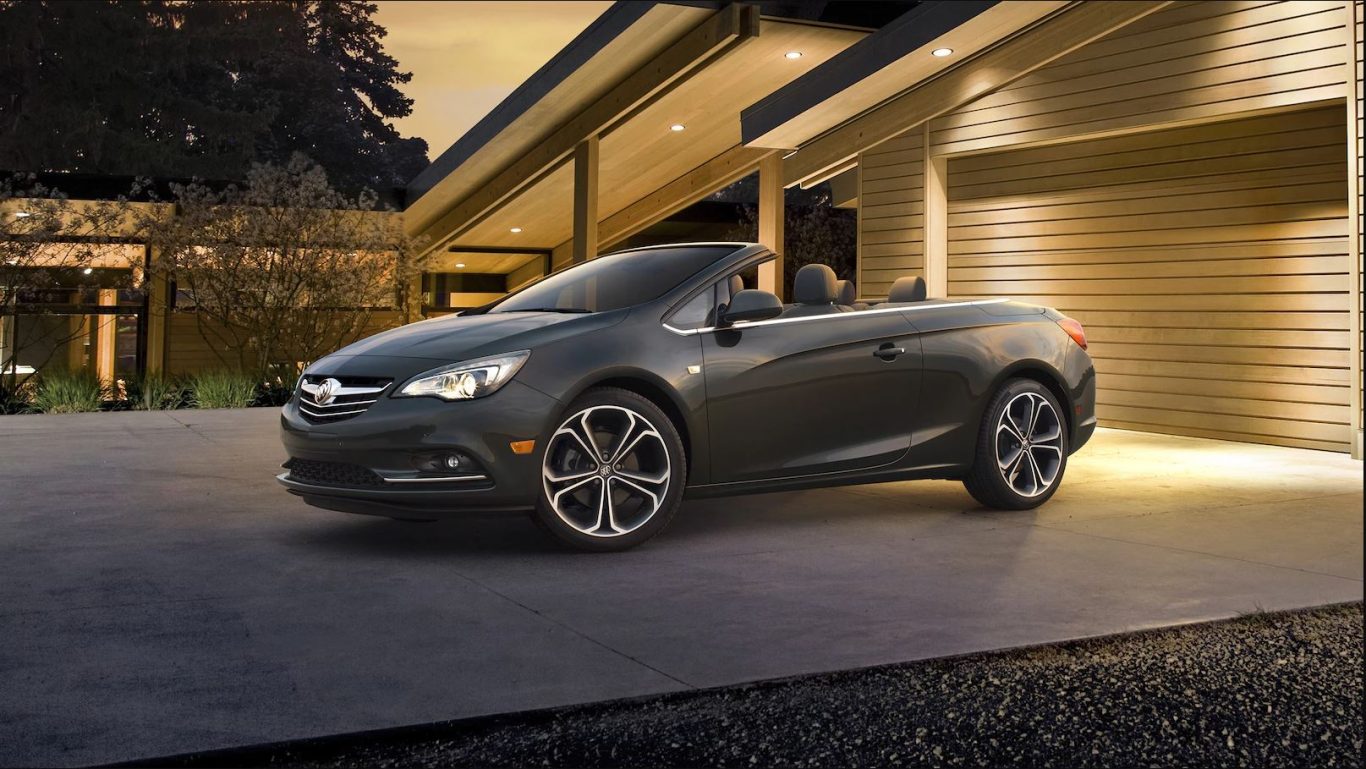
12. Buick Cascada
> Avg. days on lot: 167.3
> 2017 sales: 5,595
> 2016 sales: 7,153
> Starting at: $33,065
Buick introduced the Cascada to American audiences in 2016, marking the company’s first convertible since the early 1990s. The car is sold under several different names in Europe, but Americans weren’t receptive to the car, and sales dropped to 5,595 units in 2017. The average Cascada took over 167 days to turn.
[in-text-ad-2]
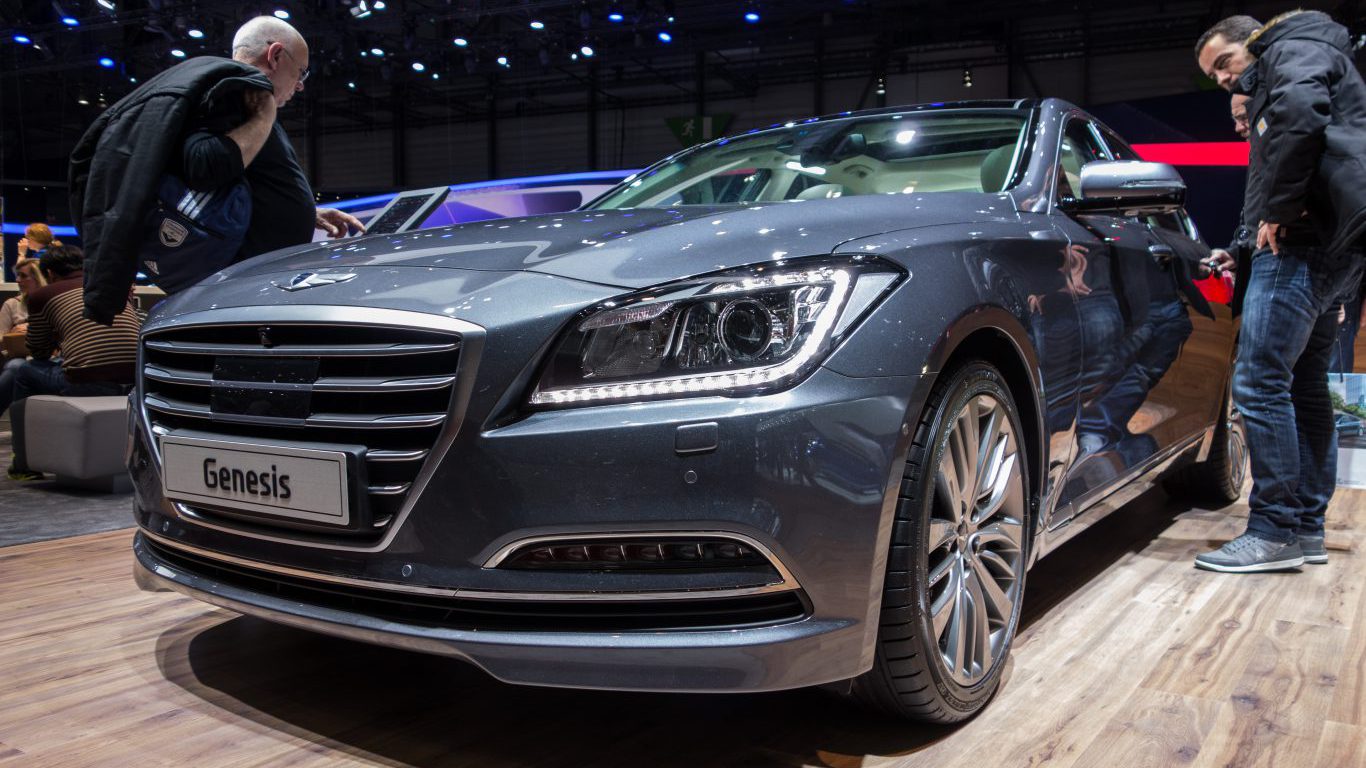
11. Hyundai Genesis
> Avg. days on lot: 169.2
> 2017 sales: 1,134
> 2016 sales: 23,230
> Starting at: N/A
As consumers continue to shift away from cars in favor of SUVs, Hyundai is retooling its line of vehicle offerings. Dating back to 2008, Genesis has been available as both a sedan and a coupe, but both styles were discontinued, which likely made consumers reluctant to buy them. Hyundai is now rebranding the Genesis as a luxury vehicle, changing the name to Genesis G80.
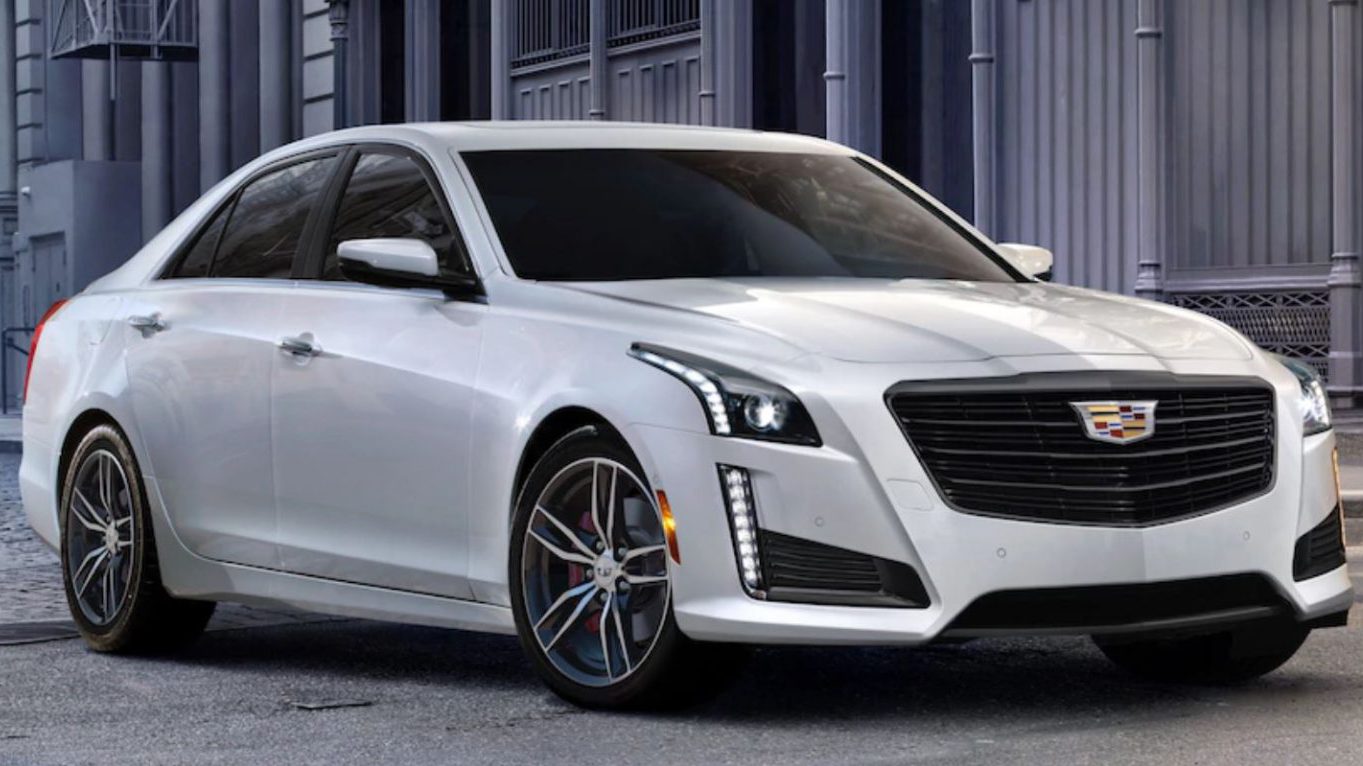
10. Cadillac CTS
> Avg. days on lot: 172.3
> 2017 sales: 10,344
> 2016 sales: 15,911
> Starting at: $46,495
All three of Cadillac’s car offerings, the ATS, CTS, and XTS, are struggling to sell, but the CTS is the slowest moving among them. The CTS, which debuted its third generation in 2013, sold just over 10,000 units in 2017 — and each one took an average of 172.3 days to turn.
[in-text-ad]
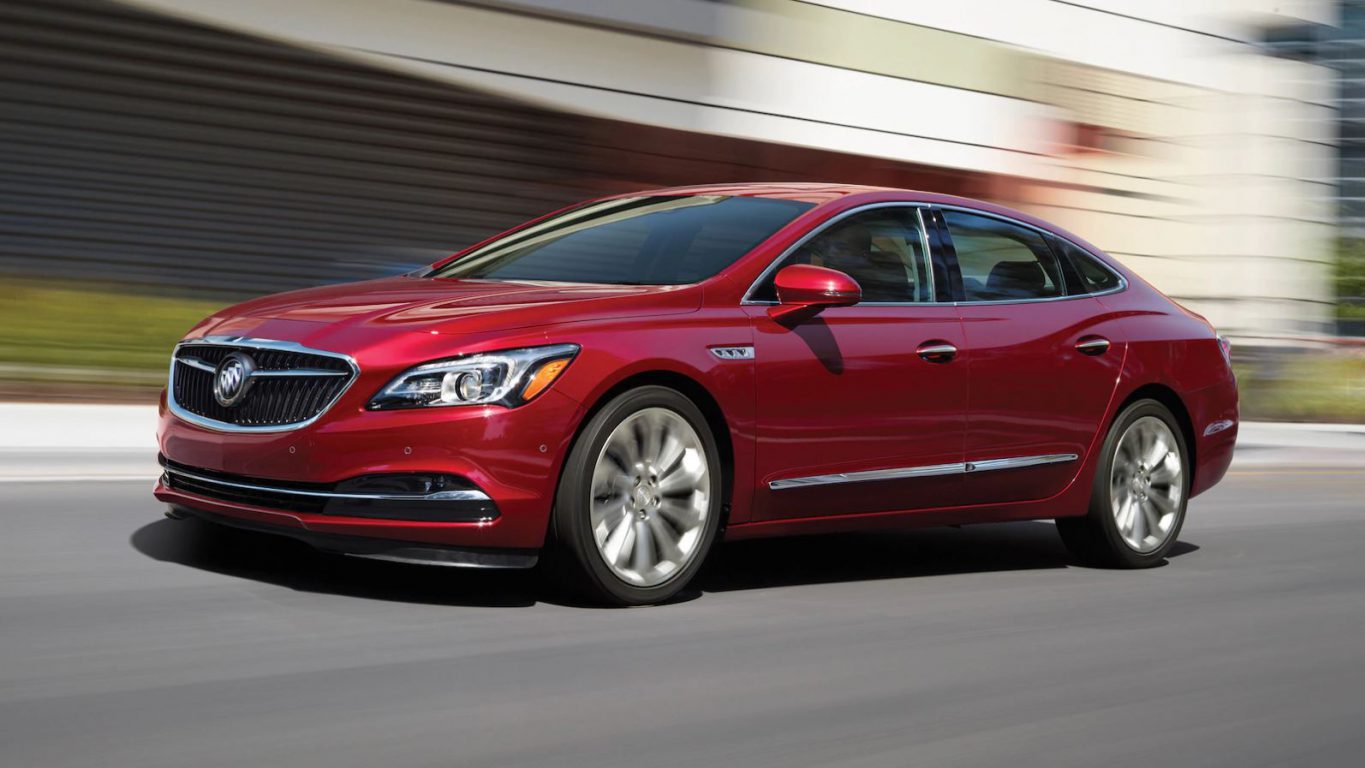
9. Buick LaCrosse
> Avg. days on lot: 175.9
> 2017 sales: 20,161
> 2016 sales: 27,582
> Starting at: $29,565
When Buick updated the LaCrosse in 2009, it sold 61,000 units the following year. Since then, sales have dwindled. A 2017 redesign couldn’t reignite interest in the Lacrosse, and sales dropped to just over 20,000 last year, the lowest full-year sales figure for the Lacrosse.
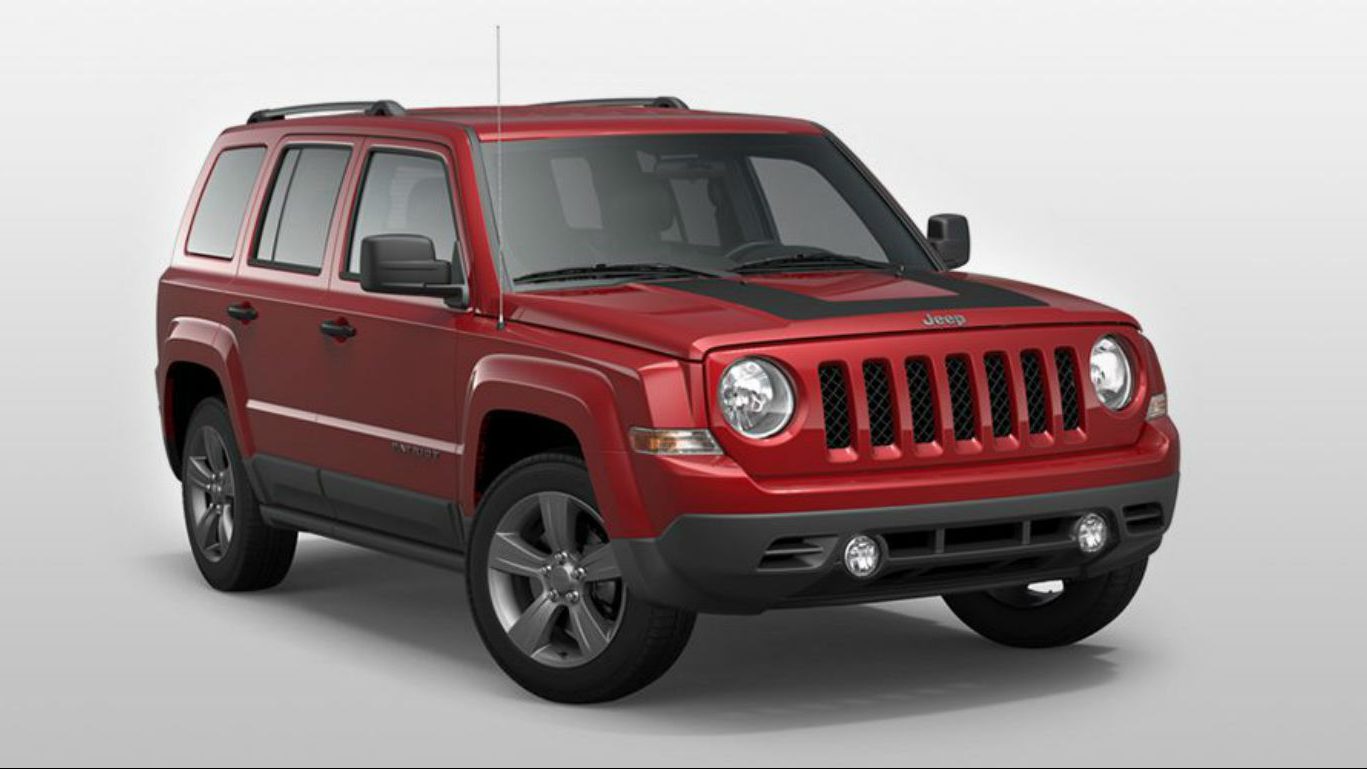
8. Jeep Patriot
> Avg. days on lot: 176.0
> 2017 sales: 40,735
> 2016 sales: 121,926
> Starting at: N/A
The Patriot sold well for a decade, but sales plummeted in 2017 after news broke that the model would be phased out of production. Jeep sold over 120,000 Patriots in both 2015 and 2016, but once Jeep stopped producing the SUVs, they sat on the lot for nearly six months on average.
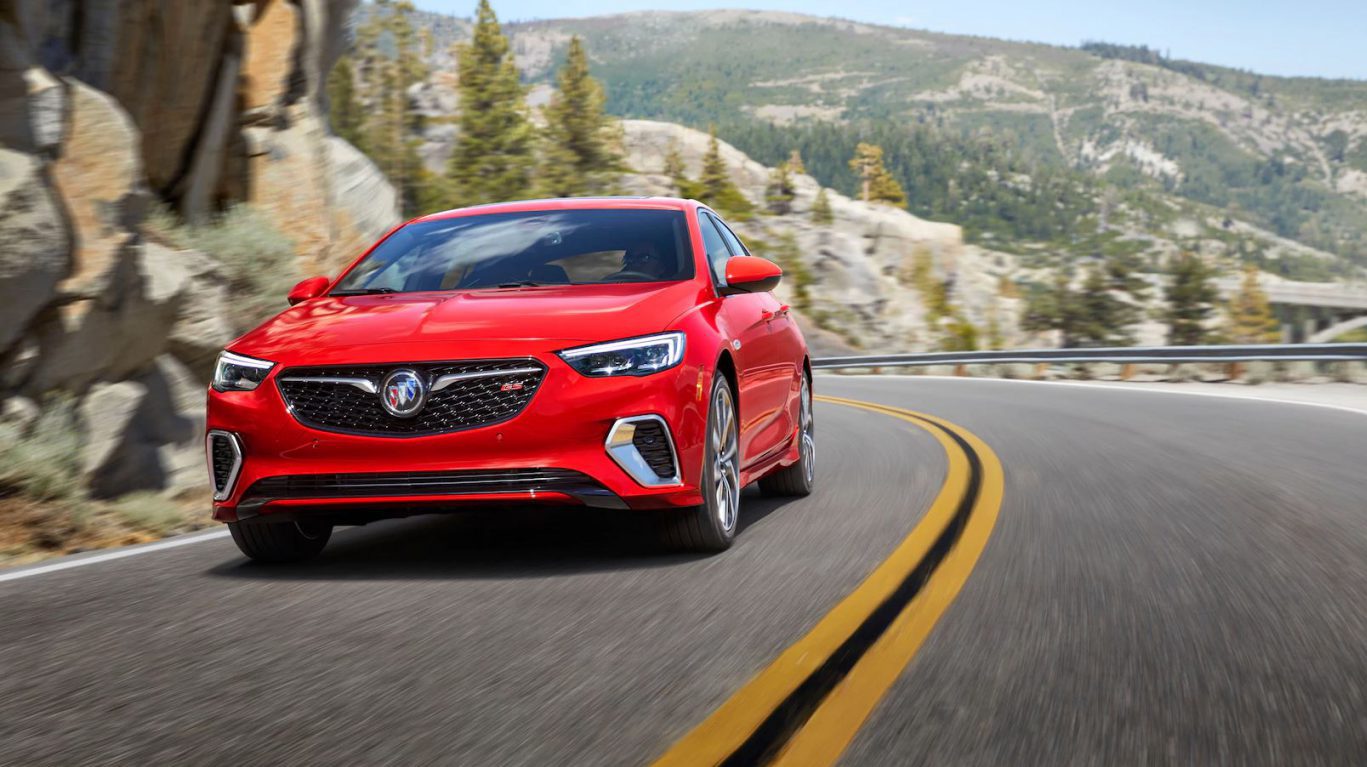
7. Buick Regal
> Avg. days on lot: 177.7
> 2017 sales: 11,559
> 2016 sales: 19,833
> Starting at: $27,065
After a seven-year hiatus, Buick revived the Regal in 2010 — just before consumers started to turn away from cars in favor of SUVs. Buick is hoping a reshaped Regal could help revive sales and is introducing a sixth generation of the sedan for the 2018 model year.
[in-text-ad-2]
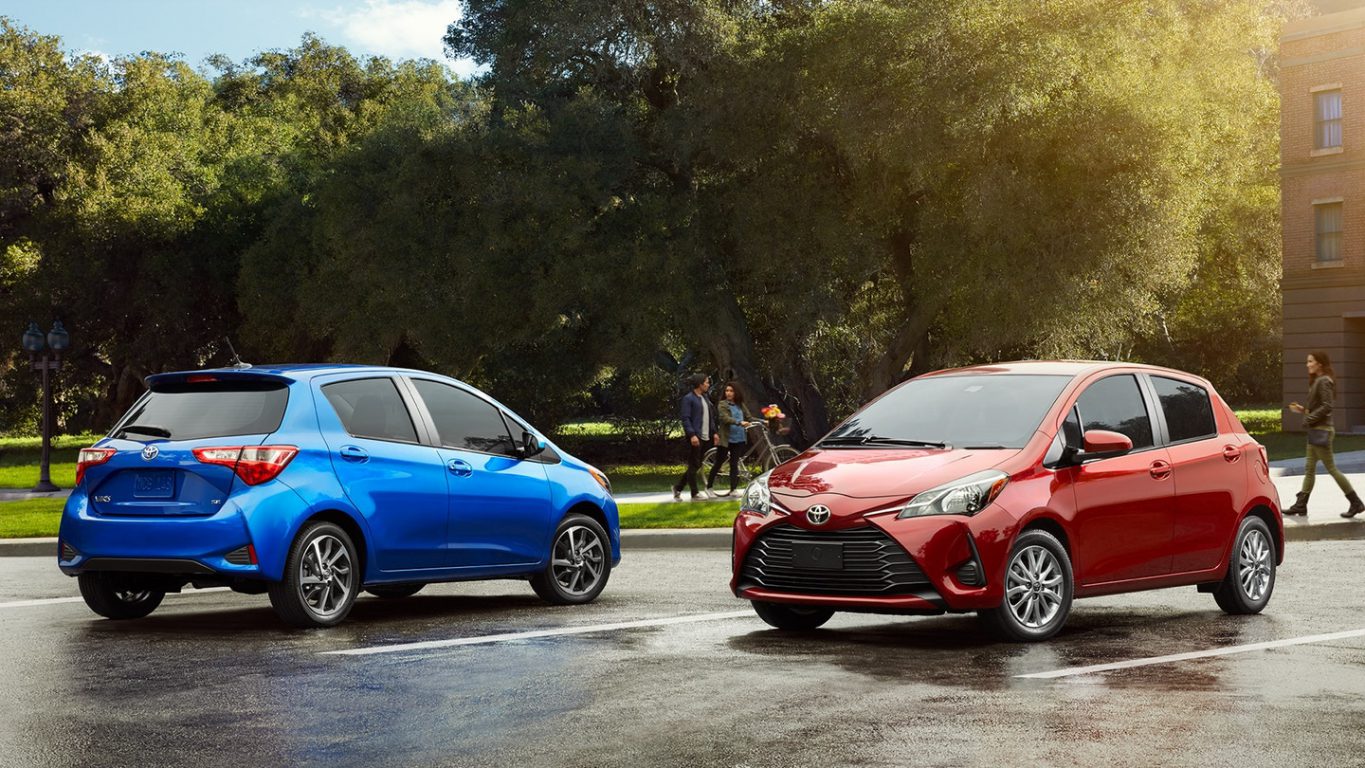
6. Toyota Yaris
> Avg. days on lot: 178.4
> 2017 sales: 8,653
> 2016 sales: 10,872
> Starting at: $15,635
Sales for the Toyota Yaris are slowing down as consumers anticipate a slightly updated version of the sedan will be released in 2018. The new Yaris will be rid of the last remnant of its former status as a Scion model, including shedding the “iA” from the end of its name.
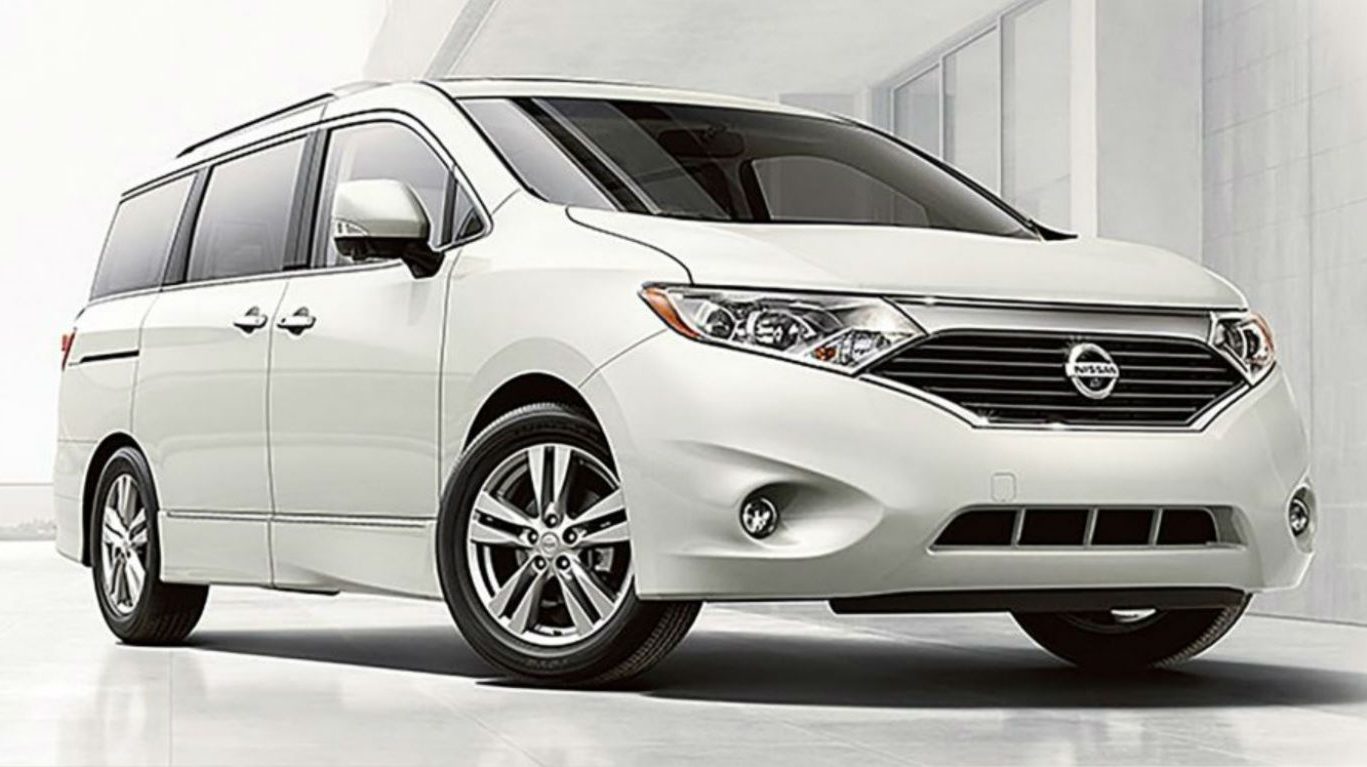
5. Nissan Quest
> Avg. days on lot: 185.1
> 2017 sales: 4,950
> 2016 sales: 11,115
> Starting at: N/A
Minivans are falling out of favor as car owners who need spacious vehicles are increasingly opting for SUVs. The Nissan Quest appears to be a victim of this trend. While the minivan was discontinued after the 2016 model year, the Quests still in stock took over six months to find a buyer.
[in-text-ad]

4. Chrysler 200
> Avg. days on lot: 187.4
> 2017 sales: 18,457
> 2016 sales: 57,294
> Starting at: N/A
The Chrysler 200 has been discontinued, and for Fiat Chrysler Automobiles CEO Sergio Marchionne, it wasn’t a moment too soon. Marchionne said the 200, along with the Dodge Dart, was one of the “least financially rewarding enterprises that we’ve carried out.” Sales of the 200, which replaced the Sebring in 2010, peaked in 2015 at nearly 178,000, but it wasn’t enough to make the 200 profitable.

3. Volkswagen CC
> Avg. days on lot: 189.4
> 2017 sales: 1,355
> 2016 sales: 3,237
> Starting at: N/A
Volkswagen’s CC is out of production after several years of sliding sales. The CC was redesigned in 2012, but fewer people bought the car each year and Volkswagen ended its production. The sedan will be replaced by the new Arteon.
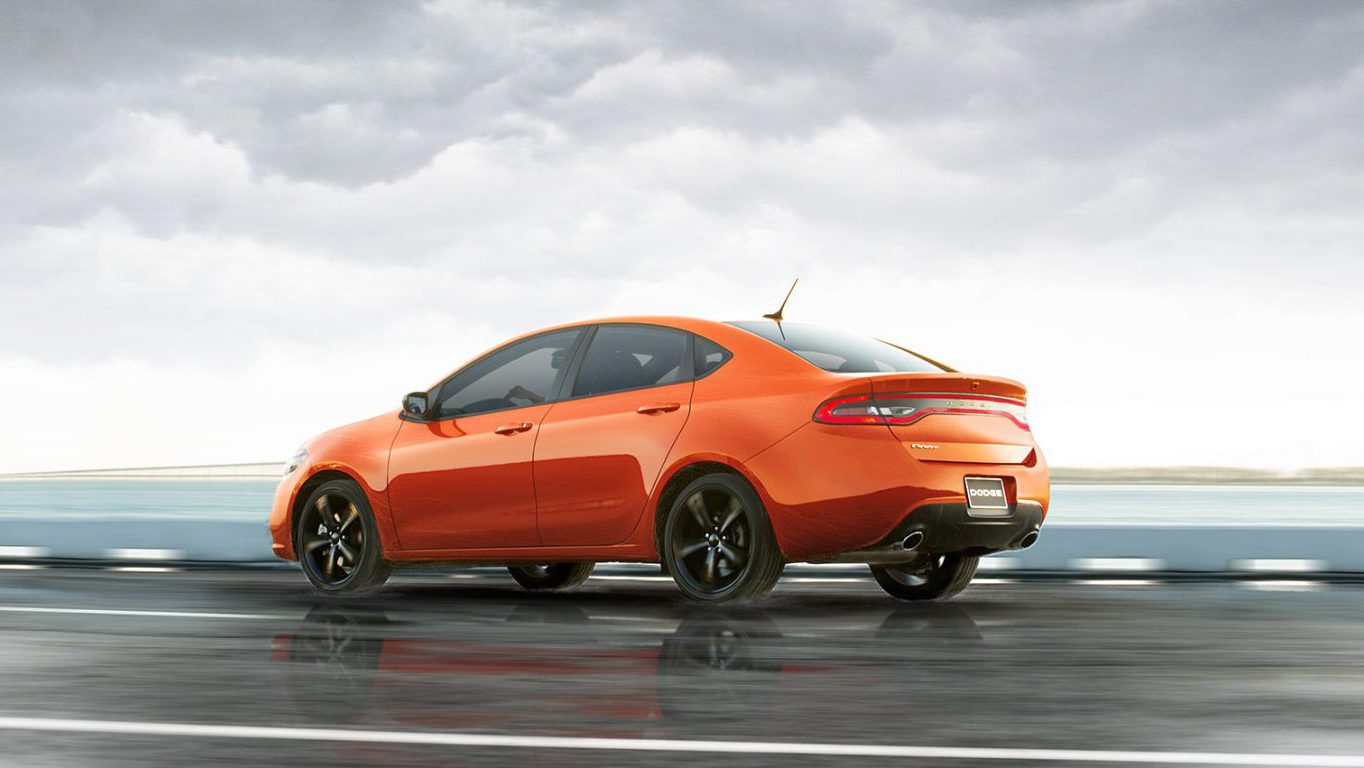
2. Dodge Dart
> Avg. days on lot: 207.8
> 2017 sales: 10,082
> 2016 sales: 43,402
> Starting at: N/A
Dodge’s attempt to revive the Dart — a brand popular in the 1960s and 1970s — proved to be short-lived. The Dart was discontinued in 2016 after just four years in production. The Dart’s sales fell well short of its competitors, and Fiat Chrysler Automobiles quickly pulled the plug. After the announcement that new Darts would no longer be produced, the cars took over 200 days to sell on average in 2017.
[in-text-ad-2]

1. Buick Verano
> Avg. days on lot: 223.6
> 2017 sales: 4,277
> 2016 sales: 30,277
> Starting at: $21,065
The Buick Verano encapsulates many of the difficulties that sedan makers have faced in recent years. The Verano struggled to compete against crossovers and SUVs, so Buick discontinued the model in 2016. Selling over 1,000 units in 2017, the car still qualified for this list, but the discontinuation made Veranos a tough sell. Sales fell from over 30,000 in 2016 to under 5,000 in 2017. Those Veranos that sold sat on dealer lots for 223.6 days on average, much longer than any other vehicle.
Detailed findings & methodology:
While sales across the auto industry as a whole fell in 2017, no company had more slow-selling cars than Buick. The General Motors subsidiary produced five of the 15 slowest selling cars, including the Verano, which took an average of 223.6 days to sell. The only other manufacturer with multiple cars on the list is Cadillac with three.
The vehicles Americans don’t want to buy overwhelmingly consist of sedans and coupes — few trucks, SUVs, or crossovers made the list. The Buick Envision is the only crossover on the list, taking an average of 161.8 days to turn. Crossovers are one of the hottest segments in the automotive market, so the Envision’s sales struggles could stem from Buick’s inventory issues.
The Jeep Patriot is the only SUV on the list, and the Nissan Quest is the lone minivan. Both likely took long to sell because they were discontinued. Five other vehicles on this list were also discontinued, likely causing their slow sales.
Car buyers tend to prefer vehicles with the latest designs and features, so sales of familiar models can get a boost after the model has been updated. Manufacturers will typically refresh existing models every five to 10 years. When a car is nearing the end of that cycle, sales will often slow. And when a car is discontinued, sales can plummet.
Most of the vehicles on this list should come as no surprise. Nine of the 15 cars with the slowest days to turn in 2017 were also among the slowest-selling cars in recent years. The Nissan Quest, Cadillac ATS, Cadillac XTS, Buick Verano, Chrysler 200, and Dodge Dart were all among the cars with the longest days to turn in 2016. The Buick Lacrosse, Cadillac CTS, and Toyota Yaris also were among the slowest-selling cars in years past. The Cadillac ATS has made the list every year since 2015, the only car to do so.
To determine the cars Americans don’t want to buy, 24/7 Wall St. reviewed days to turn figures in 2017 provided by Kelley Blue Book. Days to turn refers to the average number of days a model sat on the dealer’s lot before being sold. Cars that sold under 1,000 units were not considered. Each car’s starting price is from the manufacturer’s website. Vehicles with “N/A” listed as their starting price no longer have a starting price listed on their manufacturer’s website.
Cash Back Credit Cards Have Never Been This Good
Credit card companies are at war, handing out free rewards and benefits to win the best customers. A good cash back card can be worth thousands of dollars a year in free money, not to mention other perks like travel, insurance, and access to fancy lounges. See our top picks for the best credit cards today. You won’t want to miss some of these offers.
Flywheel Publishing has partnered with CardRatings for our coverage of credit card products. Flywheel Publishing and CardRatings may receive a commission from card issuers.
Thank you for reading! Have some feedback for us?
Contact the 24/7 Wall St. editorial team.
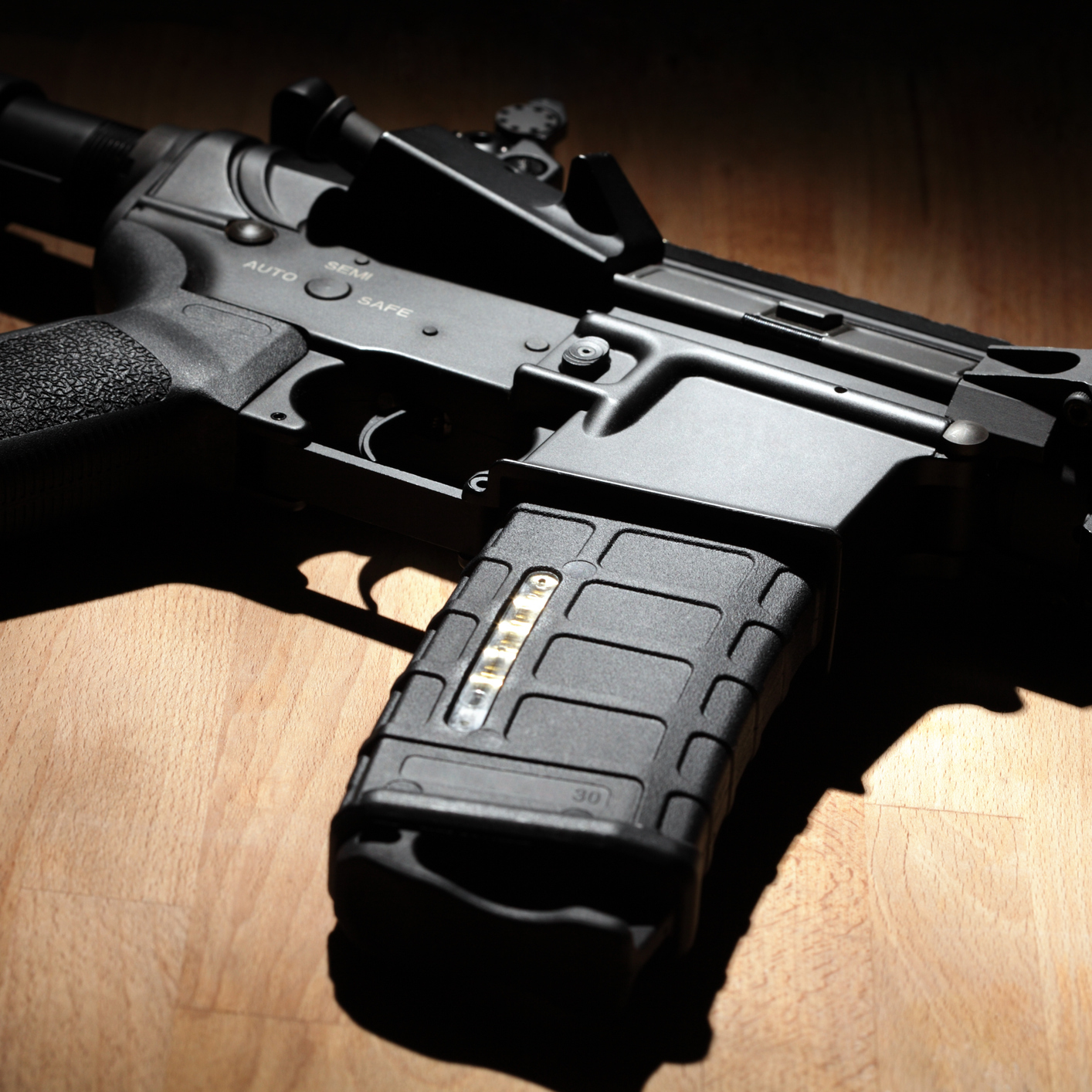 24/7 Wall St.
24/7 Wall St. 24/7 Wall St.
24/7 Wall St.


